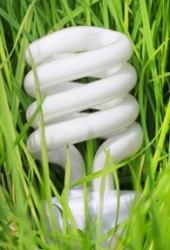Journal of Energy Research vol.12 no.2, 2015
F jS, Y by adminDownload Articles
- A study on energy security indicators for Thailand power sector: Utility aspect by Molnira Thamsereekul1 and Weerin Wangiraniran
- A comparative study of energy literacy of secondary-school students: Case studies of 3 Amphoe in Lopburi province by Junlapong Udompornpibul and Sopitsuda Tongsopit
- A case study of a waste processing plant fuel establishment in Nonthaburi municipality, Nonthaburi province by Kornkamol Saranrom and Wittaya Yongcharoen
- Potentials of transforming Napier grass to energy by Suriya Somsiri and Supawat Vivanpatarakij
- An assessment of the technical and economic potential of rooftop solar systems on Chulalongkorn university’s buildings by Natthapong suwanasang and Sopitsuda tongsopit
- Optimal battery energy storage system for PV grid connector for customer with time-of-use tariff by Teerapat Manmit and Parnjit Damrongkulkamjorn
Volume : 12 Issue : 2 Year : 2015





